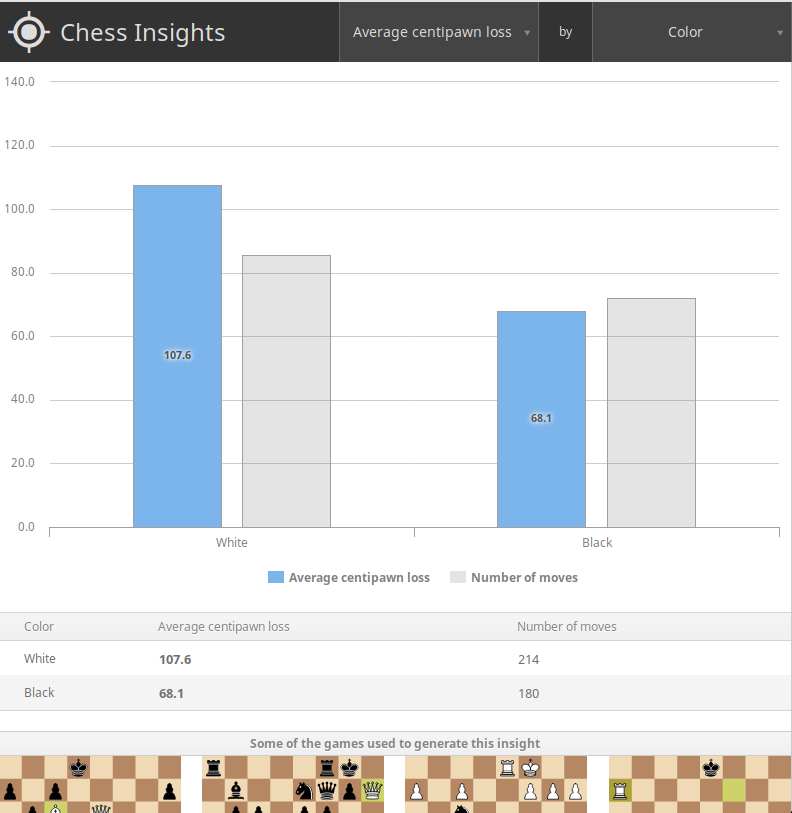Nervousness and lack of preparation define the placement season. To help the interviewees prepare for the interviews and bag the dream job that you have always wanted, below is the compendium for the same.
The placement interviews will usually have five to eight interview rounds.
The first and foremost round will check the individuals IQ, mathematical ability, and subject matter basics.
For mathematics preparation:
1) Any book which gives a fair idea about speed calculations. TIME CAT speed enhancement booklet can also be used.
Reference: Secrets of Mental Math can be a good starter.
2) https://www.indiabix.com/ for the logical reasoning, verb and quant part.
Subject matter preparation:
This section of the interviews would deal with the content that the person has learned in his 3-3.5 engineering stint. Here, no fancy questions will be asked. Stick to the basics and your ship will sail through smoothly.
Programming Language: C/C++, Java, Python
Know the basics of all the languages mentioned herein. However, study one OOP language in detail, preferably Java. The industry makes use of Java profoundly. Moreover, other upcoming languages like Scala and Kotlin use Java behind the scenes. Proficiency in Java would help a long way ahead.
Areas to look out are Java basics, OOP basics, and their implementations in Java, class, interface, abstract class, memory allocation, heap, stack, multi-threading, concurrency, Java JDK, JRE, etc.
Reference: https://www.geeksforgeeks.org/java/
Web technologies: HTML, CSS, Angular js, React Js, Node js
The working of HTML, CSS should be known by the candidate. The basic questions asked can be, why do we call CSS as CSS?
Knowledge of any other UI development framework is a cherry on the pie.
Database: MySQL, MongoDB
Interviewees should be well equipped in writing database queries using aggregate functions, having by, group by, nested queries, ACID properties, and normalization of data. Hands-on experience goes a long way as it helps the candidate emulate confidence from within.
Data Structures and Algorithms:
DSA is the most dreaded, as well as the most critical part of the tech interviews. Ensure that the interviewee gives enough time for preparation of this section. Practicing the algorithms for 15-30 days should give the interviewee proficiency to clear their interviews.
Reference Book:
In C/C++: Data Structures and Algorithms Made Easy: Data Structures and Algorithmic Puzzles
In Java: Data Structures and Algorithms Made Easy in Java: Data Structure and Algorithmic Puzzles
The book is very structured and will help interviewee in learning the basic concepts and developing mastery in the subject.
Geeks for Geeks should always be used to supplement the interview preparations.
The key areas to focus are searching and sorting algorithms with their complexities, stacks, queues, linked lists, recursion, greedy algorithms, graphs, and trees. The interviewee should have an in-depth study of this as much as possible.
To supplement the theoretical reading with practical experience, Hackerrank provides a good interview kit for prep.
Hackerrank: Interview Kit
The interviewees are free to use other websites like codechef, SPOJ, topcoder, etc as per their convenience.
Interview Puzzles
Many times the candidates are bamboozled by the random puzzles thrown at them in the final stages of the interview. These questions are asked to check the interviewee’s thought process and the way he structures his answer with logical reasoning. It is not always feasible to solve the questions in the spur of the moment. So, practice for this is much needed. These simple questions can be the differentiating factor between the interviewee and the selected candidates.
Here is a quick reference to the question bank for the same from our beloved GFG.
Reference: Geeks for Geeks Puzzles
HR Interview
This round ensures that the candidate that the company is hiring is well suited in their work culture and meets the standards practiced by the company. The HR Interview round is very much the interview round where much of the screw-ups happen. The mishaps happen because of the negligent attitude of the candidates for this round. Please note the fact that this round is as much important as any other round of interview. More but not less. The HR has the final say whether the candidate is deemed fit for the company or not.
Prepare the basic HR questions like:
1) Tell me about yourself.
2) What are your ambitions?
3) Where do you see yourself in 5-10 years?
4) Why XYZ company?
5) How does this job align with your aspirations?
Reference: HR Interview Questions
Preparing for the HR interview questions will help you throughout your 40-year long career. The insights that you will gain about yourselves from this activity will significantly shape the course of further action by you.
Final Thoughts….
It’s better to accept that you don’t know a particular question in an interview. However, supplement it with the fact that you are attempting to answer it based on your intuition.
Drive the interview in the area where you have your forte. Keep in touch the latest advancements in the field of technology like Cloud, Big Data, Data Analytics, IOT, Blockchain, etc.
Efforts in the right direction, with the right attitude and mindset, will help you achieve the extra mile in your lives. The journey is a long one. There will be failures in the path taken. The attitude to learning from the failures and giving the best shot every time will ensure that you come out of the placement season with flying colors..!!!
All the best Amigos! Rock it 🙂
Please feel free to reach out to me in case of any queries and difficulties.
References:
1) https://www.geeksforgeeks.org/
2) https://www.amazon.in/
3) https://www.hackerrank.com/
4) https://career.guru99.com/
5) https://www.indiabix.com/
